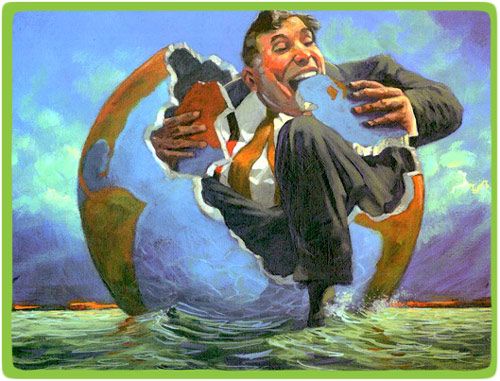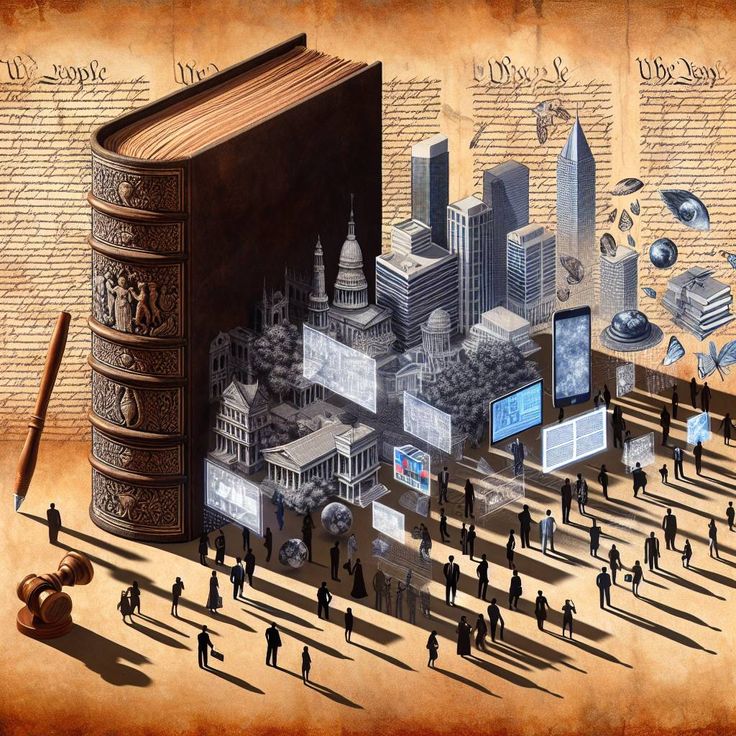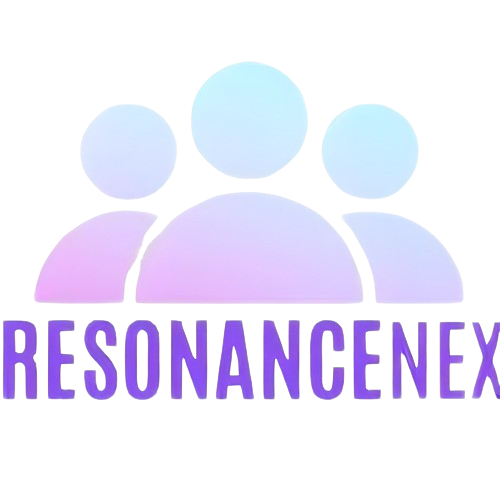
Explore the decline of traditional corporate structures and discover emerging business models reshaping the future of work and commerce.
Introduction
The traditional corporate world, characterized by rigid hierarchies and centralized decision-making, is undergoing a profound transformation. Factors such as technological advancements, evolving workforce preferences, and global economic shifts are challenging the status quo. As these changes unfold, understanding and adapting to emerging business models becomes crucial for individuals and organizations alike.
The Decline of Traditional Corporate Structures

echnological Disruption
The rapid advancement of technology, particularly artificial intelligence (AI), has disrupted conventional business operations. AI’s integration into various sectors has led to automation of routine tasks, prompting companies to reevaluate traditional roles and organizational structures. Startups are leveraging AI to maintain lean operations, challenging established corporations to adapt or risk obsolescence.
Changing Workforce Dynamics
Younger generations, especially Gen Z, are redefining career aspirations. Many are eschewing traditional middle-management roles, seeking positions that offer flexibility, meaningful work, and a healthy work-life balance. A recent survey revealed that half of Gen Z respondents do not aspire to be middle managers, viewing such roles as high-stress and low-reward.
Emerging Business Models
Platform Cooperatives
Platform cooperatives represent a shift towards more democratic business models. These cooperatives are owned and governed by their users or workers, contrasting with traditional shareholder-driven corporations. This model emphasizes shared ownership and decision-making, aligning with the values of fairness and community engagement.
Steward-Ownership
Steward-ownership separates economic rights from voting rights, ensuring that a company’s mission and values remain prioritized over profit maximization. This structure safeguards the organization’s purpose, promoting long-term sustainability and ethical practices.
Wirearchy
The concept of wirearchy describes a dynamic flow of power and authority based on information, trust, and credibility, enabled by interconnected technology and people. This model moves away from traditional hierarchical structures, fostering more agile and responsive organizations.
Adapting to the New Business Landscape
Embracing Flexibility
Organizations must cultivate adaptability, embracing flexible work arrangements and decentralized decision-making to remain competitive. This approach aligns with the preferences of the modern workforce and the demands of a rapidly changing market.
Leveraging Technology
Integrating advanced technologies, particularly AI, can enhance efficiency and innovation. Embracing these tools is essential for organizations aiming to thrive in the evolving business environment.
Fostering Continuous Learning
Investing in continuous learning and development is vital for both individuals and organizations. Staying abreast of emerging trends and skills ensures relevance and resilience in a transforming corporate landscape.
Conclusion
The decline of traditional corporate structures signifies not an end but a transformation towards more inclusive, flexible, and technology-driven business models. By understanding and embracing these changes, individuals and organizations can navigate the future of work with confidence and purpose.
Technological advancements, changing workforce preferences, and global economic shifts are key factors challenging traditional corporate models.
Platform cooperatives are owned and governed by their users or workers, emphasizing shared ownership and democratic decision-making, unlike traditional shareholder-driven corporations.
Wirearchy is a concept where power and authority flow dynamically based on information, trust, and credibility, enabled by interconnected technology and people, moving away from traditional hierarchical structures.
Organizations can adapt by embracing flexibility, leveraging advanced technologies like AI, and fostering a culture of continuous learning and development.
AI automates routine tasks, enhances decision-making, and enables the creation of leaner, more efficient organizational structures, challenging traditional business models.
